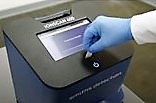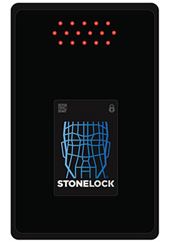01/08/2008
Increased use of biometrics in border patrol applications
Palo Alto, California (USA)
New analysis from Frost & Sullivan, North American Biometrics in Border Control Applications Markets, finds that the market earned revenues of USD 130.4 million in 2007 and estimates this to reach USD 729.5 million in 2014.
Although the government initially was reluctant to lend support to biometrics, a few major successful deployments at the air, land, and seaports won market vendors the support of the federal government.
"Regulatory standards like the Visa Waver program mandated by the United States has opened up significant revenue that generates opportunities for biometric vendors," says Frost & Sullivan research analyst Neelima Sagar. "Collaborating and marketing the right technology for a specific application and educating people regarding privacy concerns through more trade shows and conferences will help vendors achieve significant profit margins."
Vendors will exploit any opportunity they can gain, since the competition continues to escalate. They could strategically position products early in their life cycle or focus to provide higher, accurate, and more cost-effective solutions.
"Historically, fingerprint recognition technology has been the most economical and well-suited technology for documents issuance and physical access control," notes Sagar. "However, a shift in dynamics is expected as the price of face recognition and iris recognition systems declines."
Market participants increasingly invest in research and development to gain an edge in technological competence and to provide enhanced, non-invasive security solutions. Iris recognition technology has taken a great leap with the development of a solution that can measure from distances more than 20 meters. Iris recognition can identify stationary as well as mobile objects and because of this will witness remarkable growth.
In the face recognition segment, the invention of 3-D face recognition eliminates a number of problems such as feature localization, pose, and illumination. Market participants can leverage these product benefits to establish a strong foothold in the market once they sort out the issues of standardization and the sales cycle.














